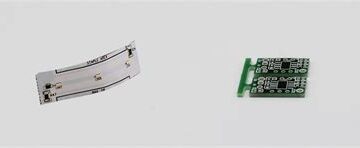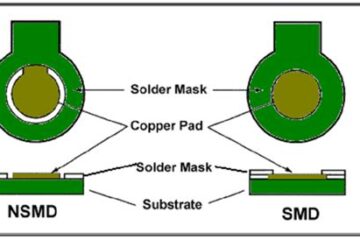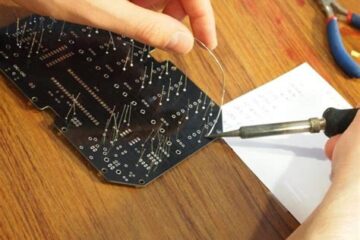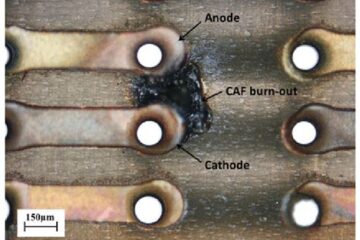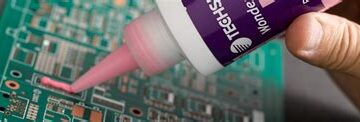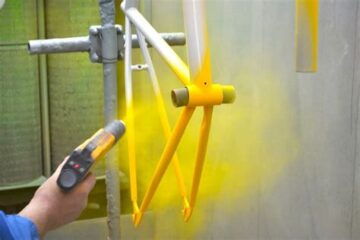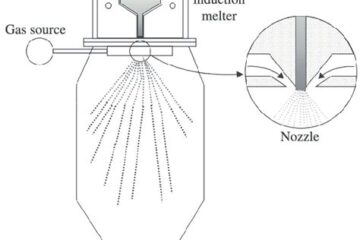PCBA
What is the difference between Rogers and Teflon PCB?
Introduction to Rogers and Teflon PCB Materials Printed Circuit Boards (PCBs) are essential components in modern electronics, providing a platform for mounting and interconnecting electronic components. The choice of PCB material plays a crucial role in determining the performance, reliability, and cost of the final product. Two popular high-performance PCB Read more…

